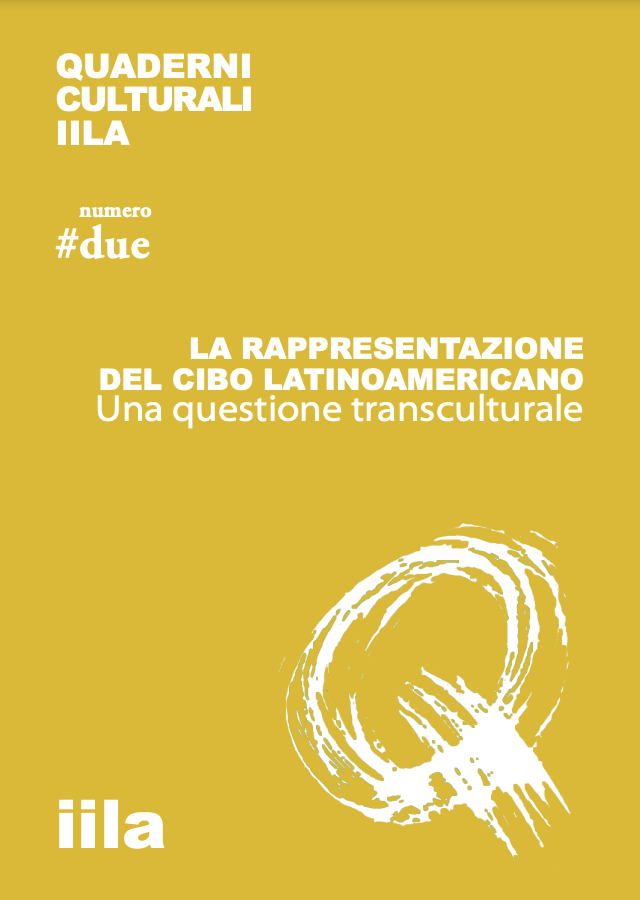Vol 2, No 2 (2020): The representation of Latin American food: a trans-cultural perspective
Issue Description
Nowadays one of the places where we most often experience the effects of the globalised world in our everyday lives is on our desks. Together with its biological nutritional function, food for those who produce and consume it is loaded with a series of social symbols and connotations such as status, identity, and social class. Food is therefore a complex phenomenon, a hybrid between the traditional categories of “the natural” and “the cultural” and is an active participant in the definition of these categories. This is a two-way phenomenon in which our identities and relationships with others conform while we eat and taste the food. Consequently, food, cuisine, ways of eating and taste are presented as a precious subject of study in understanding the relationships between what we usually understand to be different cultures, not only paying attention to the social dimension of the phenomenon but also the way in which the identity or the others are “eaten”, “cooked” and “digested”. This issue of the magazine contains a reflection on how Latin American diet, the way of eating and its tastes have been represented in the visual arts, in literature, and in films and, what we can say these represent in the role diet plays in relation to a globalised world, especially between Latin America and the rest of the world. The questions we want answered are: How has the representation of Latin American food lead to an identity construction of “the Latin American” such as the prejudices and shared places associated with this idea? How has the imagination of the Latin American become bound up in a particular diet? Which roles do these representations acquire in the relationships between different cultures? Which have been the most frequently recurring iconic models, styles, literary genres and topos representing Latin American food up until now? Lastly, how have these representations fed and subverted the dominant aesthetics? The authors published in this issue are Rafael Climent-Espino, Barnaby Nygren, Adele Villani, Alejandra Ortiz, Claudia Mussi, Sheila Scoville, Stefano Tedeschi, and Eric Markowski.

